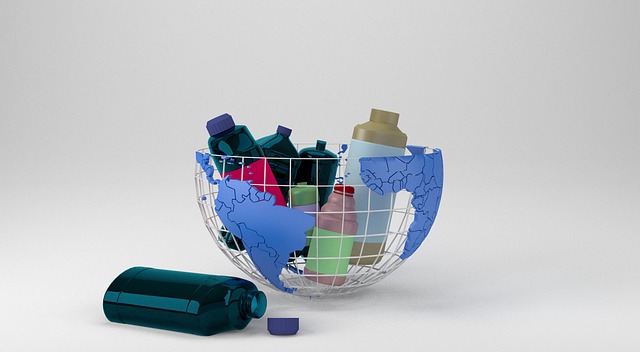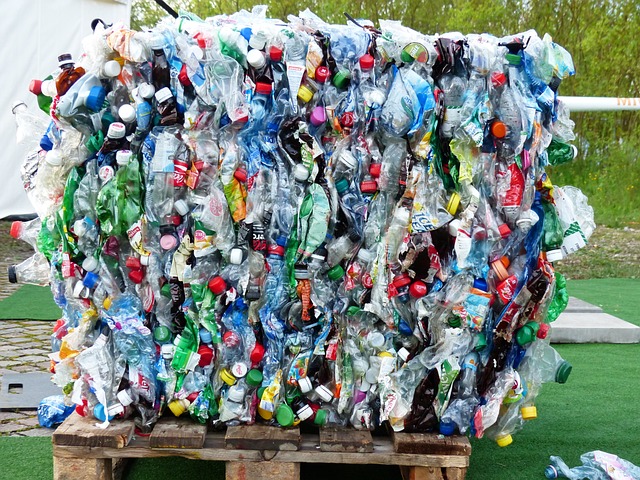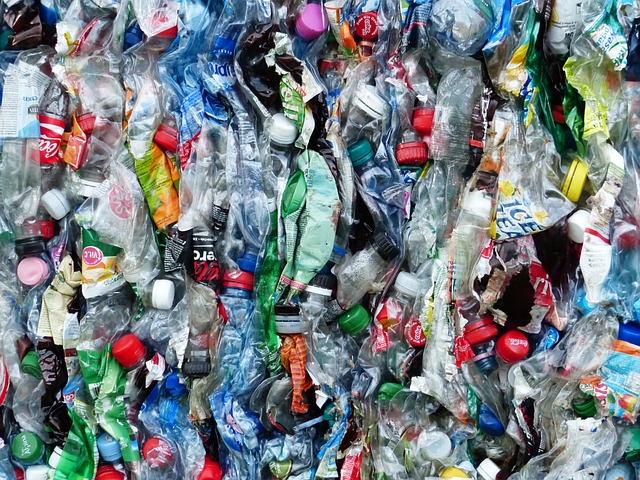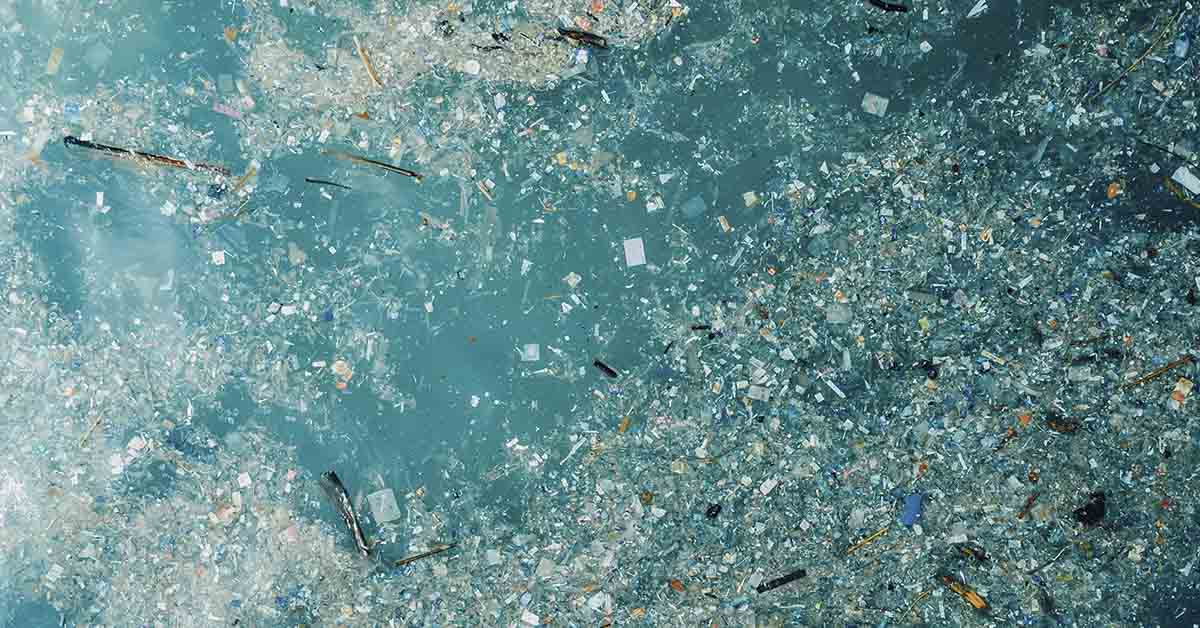There are massive “islands” of plastic swirling around our oceans at the moment, the biggest of which is the Great Pacific Garbage Patch. Yet, researchers have now revealed that there are millions more tons of plastic in the ocean that cannot be seen with the naked eye. These nanoplastics are smaller than a micrometer and are currently the most abundant form of plastic in the entire Atlantic Ocean! The issue runs far deeper than the oceans, though, with these particles are now present in rivers, ecosystems, the air we breathe and inside our very bodies. Let’s find out what the latest research has to say about the threat ocean plastic poses to our planet.
The Ocean Plastic Expedition

For this ocean plastic expedition, Sophie ten Hietbrink from Utrecht University spent four weeks aboard the RV Pelagia, a research vessel. Ten Hietbrink took water samples from 12 locations on her journey from the Azores to Europe’s continental shelf. She then filtered out any materials larger than one micrometer. According to Ten Hietbrink, “By drying and heating the remaining material, we were able to measure the characteristic molecules of different types of plastics in the Utrecht laboratory, using mass spectrometry.”
Helge Niemann is a professor of geochemistry at Utrecht University as well as a researcher at NIOZ. It was thanks to the 3.5 million euro grant he received in June that this research into ocean plastics could be conducted. This expedition has provided the first real estimate of the actual amount of nanoplastics present in our oceans. According to Niemann, “This estimate shows that there is more plastic in the form of nanoparticles floating in the this part of the ocean, than there is in larger micro- or macroplastics floating in the Atlantic or even all the world’s oceans!”
A Shocking Amount of Ocean Plastics

In order to reach their conclusions, the team had to extrapolate the results from the various locations to the entire North Atlantic Ocean. After analyzing the data, they arrived at a shocking 27 million tons of nanoplastics. This makes recovering all the plastics we have ever produced almost impossible, as so much of it is now floating in the ocean in the form of nanoplastics. Larger particles decay under the sun and flow into the oceans via rivers and even the rain. These nanoparticles eventually make their way into the ecosystem and even our brains.
“It is already known that nanoplastics can penetrate deep into our bodies. They are even found in brain tissue,” said Niemann, adding, “Now that we know they are so ubiquitous in the oceans, it’s also obvious that they penetrate the entire ecosystem; from bacteria and other microorganisms to fish and top predators like humans.” Furthermore, how that pollution ends up affecting the ecosystem needs to be investigated further.
What Comes Next For the Research Team?

Next, the team wants to conduct more studies on the various types of ocean plastics that have not yet been observed in the 1-micrometer-or-smaller category. For instance, they have not yet found polypropylene or polyethylene among the nanoplastics. However, they believe they may have been masked by other molecules in their study. Niemann added that, We also want to know if nanoplastics are as abundant in the other oceans. It is to be feared that they do, but that remains to be proven.”
Unfortunately, this discovery may have come a bit too late to reverse the damage done. While we now know where all the ocean plastics have gone, we are no closer to fixing the situation. The nanoplastics that are already there can never be cleaned up. However, we can try to stop the situation from getting even worse. According to Niemann, “an important message from this research is that we should at least prevent the further pollution of our environment with plastics.“
The Potential Health Risks of Nanoplastics

This research into nanoplastics also raises concerns about the impact they have on marine and human life. These nanoplastics are small enough to accumulate in animal tissues and can affect the brain, liver, and intestines. Studies have shown that fish exposed to nanoplastics suffer from reduced fertility and increased mortality. Nanoplastics can potentially enter our bodies through drinking water and seafood. There, they can lead to cellular damage, inflammation, and even potential disruption of hormone systems.
A study from 2024 even found particles of plastic in human placentas and arterial tissue. This has raised further concerns about the risks associated with long-term exposure, especially because they can bind with endocrine disruptors and heavy metals. The results of this study should serve as a wake-up call to the world that we need to make changes right now. It may already be too late to reverse the damage done, but we can prevent more ocean plastics from entering our ecosystems and turning into nanoplastics.
Read More: Norwegian Billionaire Funds World’s Largest Yacht to Clean Up Ocean Plastic

